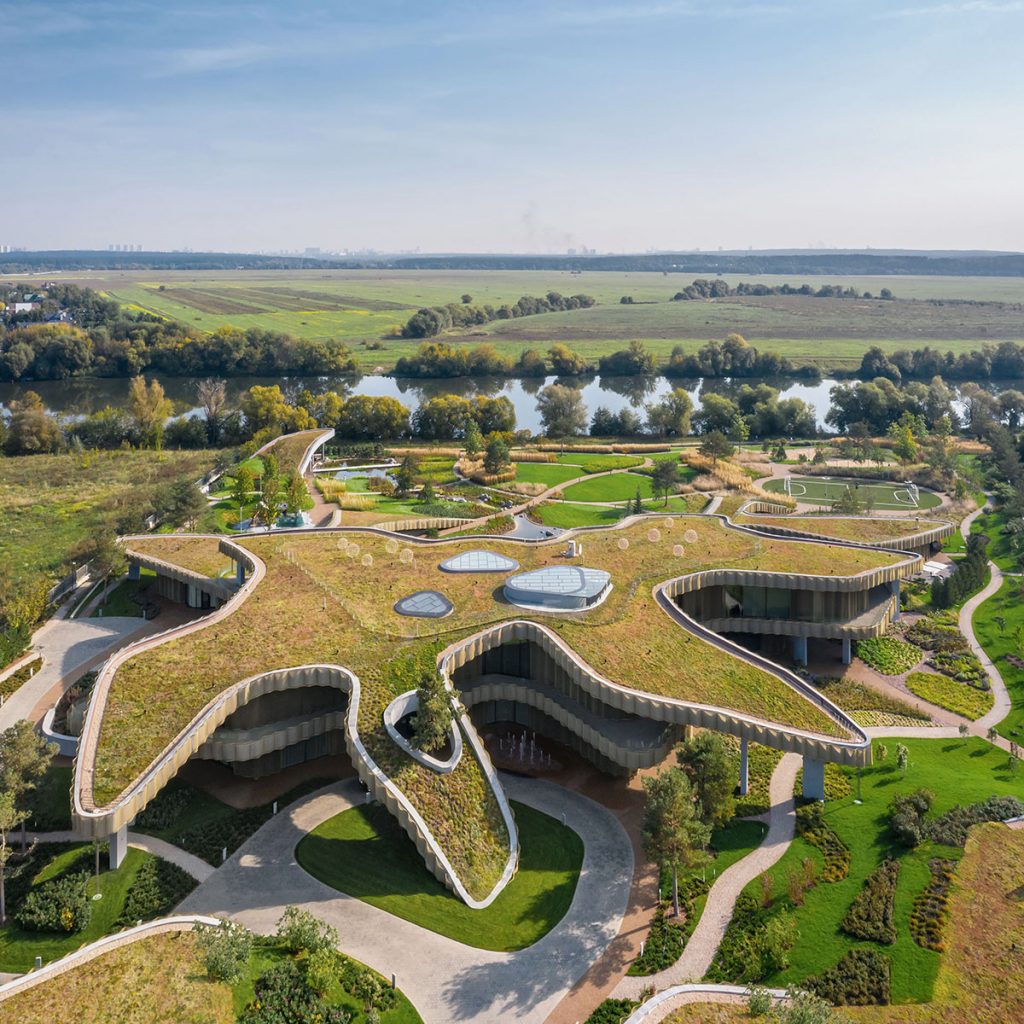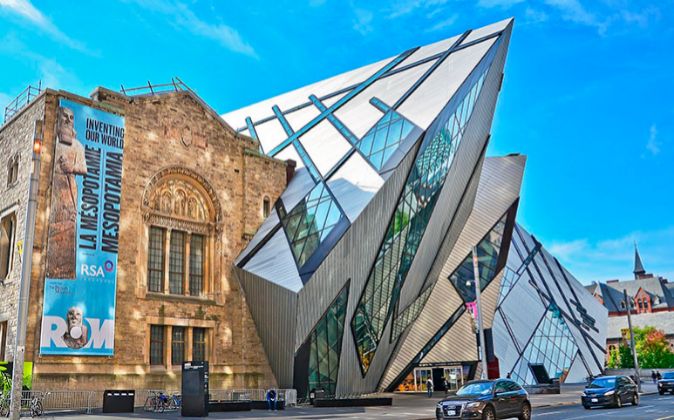BASIC CONCEPTS
PLACE
- Contrast: Juxtaposition or abstraction relation with the place.

- Camouflage: The building is prefectly integrated with the place.

- Organicism: Is a nod to the place and integration is donde by reinterpreting its elements. It shows sensitivity towards the place.

- Contextualism: Has to do with the meaning expressed by the building.

SPACE
“Architecture is the studied construction of spaces. The continuous renovation of the architecture comes from the evolution of the concepts of space”. -Alois Regle
- Classic space:
- Renaissance: Closed spaces following the rules of the classical space, with at least one axis of simmetry.
- Barroque: Follow the classical heritage and experiment with centralized spaces with tension.
- Uniform space: The modern movement breaks the compact space, breaks the ‘box’ and lets the splace flow allowing vertical and horizontal collections.
- Contemporary space: The main feature is the absolute confusion of the public space with the space of relation. The entire building space is unique and continuous.
FUNCTION
- Mechanical functionalism: Form is a direct consequence of its function. Beauty came from the mechanical efficiency and not for the search of beauty.
- Organic functionalism: The form takes on a biological sense and adapts itself to the living functions which must be carried out in the environment , that is, adapted to human activities and the social environment.
- Moralistic functionalism: Utility exists for an end, the beauty is on making this utility visible.
FORM
- Compostive rules: Rythm, axiality, simmetry, hierarchy, module, gird, movement, unit, centrality, balancing, limit, light, contrast, colour, texture, proportion, escale.
Comentarios recientes